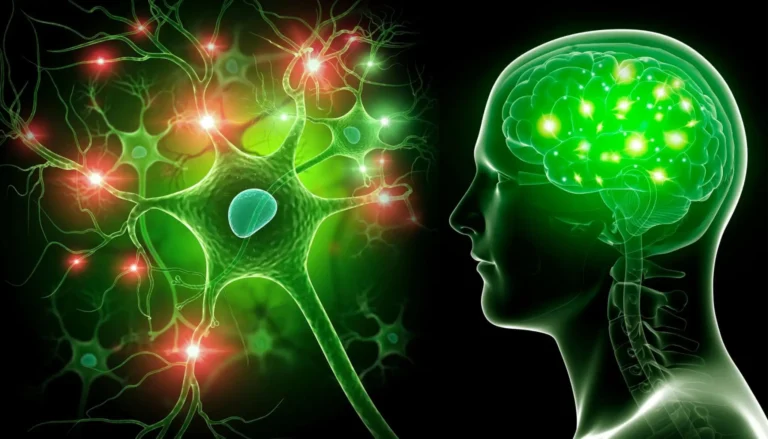Hey there!
Let’s talk about something that affects all of us every single day: decision-making.
Whether you’re choosing what to have for lunch or making a big career move, the way you think critically can make all the difference.
So, what’s the deal with critical thinking, and how can we all get better at it?
Let’s dive in!
What Is Critical Thinking, Anyway?
At its core, critical thinking is about analyzing information and making decisions based on evidence rather than gut feelings or assumptions.
Think of it as your mental toolbox.
The more tools you have, the better equipped you are to tackle problems.
Why Does It Matter?
Here’s the thing: in a world overflowing with information, being able to sift through it and find what’s useful is crucial.
- Better Problem-Solving: You can break down complex issues and find effective solutions.
- Informed Choices: You’ll rely on facts instead of just what feels right.
- Flexibility: You can adapt your thinking as new information comes in.
The Stats Don’t Lie
You might be wondering if this is just fluff.
Well, check this out:
- 80% of employers are on the lookout for critical thinking skills when hiring. (Thanks, LinkedIn!)
- Companies that focus on critical thinking see a 30% boost in performance. (Shoutout to the American Management Association!)
- Engaging in critical thinking can help you remember things 50% better than if you don’t. (ResearchGate knows what’s up!)
These numbers show that critical thinking isn’t just a nice-to-have; it’s a must-have!
How to Level Up Your Critical Thinking Skills
Ready to sharpen those skills?
Here are some straightforward steps you can take:
1. Embrace a Growth Mindset
Think of your brain as a muscle.
The more you work it out, the stronger it gets.
- Welcome Challenges: Don’t shy away from tough problems. They’re opportunities in disguise.
- Learn from Feedback: Take criticism as a chance to improve, not as a personal attack.
- Keep Going: If you hit a wall, don’t give up. Persistence pays off!
2. Cultivate Intellectual Humility
This one’s about being open-minded.
- Recognize Your Limits: No one knows everything. Acknowledge what you don’t know.
- Seek Different Perspectives: Talk to people with different opinions. You might learn something new!
- Be Open to Change: If new evidence comes up, be willing to adjust your views.
3. Practice Active Listening
Listening is more than just hearing words.
It’s about understanding.
- Focus on the Speaker: Put down your phone and really pay attention.
- Ask Questions: If something isn’t clear, don’t hesitate to ask for clarification.
- Summarize: After a conversation, repeat back what you heard to confirm understanding.
Putting Critical Thinking into Action
Now, let’s talk about how to apply critical thinking in real life.
Here’s a simple process you can follow:
Step 1: Identify the Issue
What’s the problem you’re facing?
Be specific.
Step 2: Gather Information
Collect data from various sources.
This could be:
- Articles
- Expert opinions
- Statistics
Step 3: Analyze the Information
Look at the credibility of your sources.
Is the information reliable?
Step 4: Weigh Your Options
List the pros and cons of each potential solution.
What are the risks?
What are the benefits?
Step 5: Make Your Decision
Choose the option that has the strongest evidence backing it up.
Step 6: Communicate Your Decision
Share your reasoning with others involved.
Clear communication helps everyone understand your thought process.
Different Perspectives on Critical Thinking
It’s important to recognize that not everyone sees critical thinking the same way.
Supportive Views
- Many educators believe critical thinking should be taught in schools to prepare students for real-world challenges.
- Business leaders often highlight how critical thinking leads to innovation and success.
Critical Views
- Some argue that focusing too much on critical thinking can stifle creativity.
- Others say that personal biases can cloud judgment, leading to flawed decisions.
Both sides have valid points, so it’s essential to find a balance.
Trustworthy Data Sources
When diving into critical thinking, it’s crucial to know where your information comes from.
Data Collection Methods
- Surveys often rely on self-reported data, which can be biased.
- Academic studies usually control for variables to provide clearer insights.
Limitations and Biases
- Remember that all data has limitations.
Just because a survey says something doesn’t mean it’s the whole truth. - Be aware of biases in how data is interpreted.
Encouraging yourself and others to dig deeper into sources can lead to better-informed decisions.
Wrapping It Up
So, what have we learned?
Critical thinking is a vital skill that can significantly improve your decision-making abilities.
Key takeaways include:
- Critical thinking helps you make informed choices in your personal and professional life.
- Developing these skills takes practice and a willingness to learn.
- Embracing different perspectives can enrich your decision-making process.
Now that you’re armed with these insights, it’s time to put them into action!
Start practicing critical thinking in your daily life.
Engage in discussions, seek feedback, and stay open to new ideas.
I’d love to hear your thoughts!
What experiences have you had with critical thinking?
How do you make tough decisions?
Let’s keep the conversation going!



